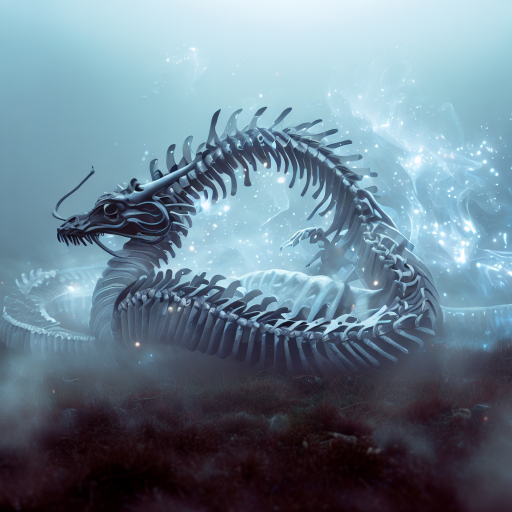A perennial problem in extra-infrastructure medical care has been providing the necessary intermediate step between field medicine and the care provided by a hospital, where – thanks to the lack of infrastructure – patients cannot be transferred to the latter with the necessary alacrity.
The most recent answer to these problems is the Field Support Hospital (FSH, often pronounced “fish”), co-developed between the Emergency Management Authority and the Imperial Legions to fill in the gap between the fundamentally paramedical casualty collection points and evacuation to an established facility, catering not only to the established races common among Imperial citizen-shareholders, but additionally to a variety of visitors, allies, and even potential battlefield enemies.
The design of the FSH concentrates on modularity and transportability as key elements. Thus, it consists of six containerized units, which link together via environmentally sealed passages to form the entire facility. (A standard FSH deployment makes use of one of each type, but arbitrary combinations are possible.) While they share power and resources while connected, each module has a dedicated power, life support, and basic utilities node.
These modules are designed to be delivered in multiple ways: they can be air-transported by the G5-TT Corveé tactical transport or by standards-compliant civilian carryalls and skycranes. They can also be fitted to the demilitarized¹ versions of the HV-type tank or HS-type warstrider chassis. While the modules expand after deployment to their full operational size, providing more working area, they are capable of functioning in reduced-capability mode when compacted, allowing patient sustenance and emergency care to continue during an unplanned bug-out.
Of the modules themselves, the HAV-FSHa is the triage module, capable of accepting new patients from outside or by being docked to directly to the HV-12m/HS-12m Valkyrja tankbulance, the V40 Ralihú IFV, or disaster-rated civilian ambulances. While the G5-TT Corveé, et. al., cannot unload patients directly into the HAV-FSHa, its fittings are compatible with a number of modular landing-pad systems suitable for use on hostile-environment worlds.
The HAV-FSHb module provides surgical facilities equipped for trauma repair. This serves to prevent patients from bleeding out before transfer to the healing vats in module HAV-FSHc (or, in the case of species currently not provided for by Imperial nanomedicine, stabilize them for transfer to an upstream medical facility).
After triage and/or treatment, patients are transferred to one of two modules. The HAV-FSHd module contains facilities for post-operative care and observation, where patients remain for a short time before release or evacuation to an upstream facility. More serious casualties are transferred to the HAV-FSHe module, for either chilldown and evacuation in nanostasis or cryostasis, or for emergency upload.
The final module, the HAV-FSHf, is a resource-providing module, providing fabricators and their feedstock for pharmaceuticals, replacement blood, and disposable medical supplies, as well as recycling facilities. Additionally, it contains an integrated plasma-flash crematorium suitable for the rapid disposal of bodies and biological waste, which reprocesses as much of its output as possible into new organic feedstock.
– Emergency Management: Facilities, introduction to Section II
- The HV(c)/HS(c) chassis removes the advanced tactical sensor package and the four altazimuth-mounted mass drivers (as effective offensive weapons). However, it retains the armor and point-defense systems, useful in both the rear-battlespace and disaster-stricken environments.





